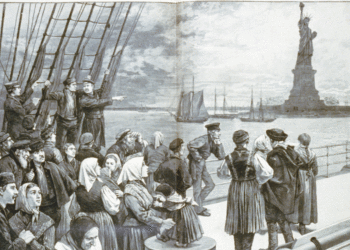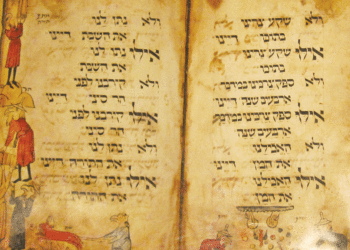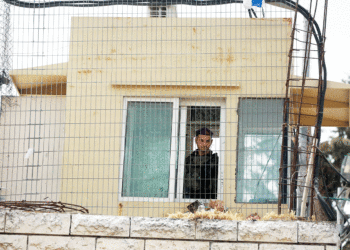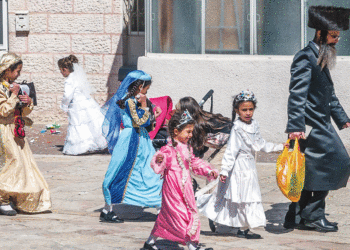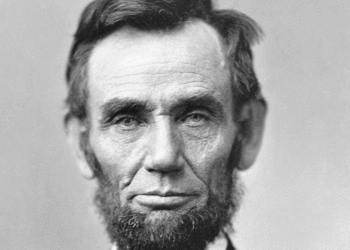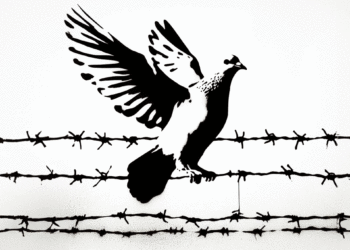By TEDDY WEINBERGER
On Rosh Hashana, all of life’s crucial aspects come under God’s judgment: Who shall live and who shall die; who shall become poor and who shall become rich; who shall struggle with illness and who will enjoy good health. In the following open letter I write about my family’s critical journey of this outgoing year:
Ms. Marcie Natan
President, Hadassah: The Women’s Zionist Organization of America
Dear Ms. Natan,
This past winter, Hadassah saved the life of my son, Ezra. I’m writing to tell you about our experience and to thank you.
In December, Ezra (then 18) was diagnosed at Hadassah Ein Kerem with nasopharyngeal carcinoma. This cancer, which attacks the juncture of the nasal passages, auditory tubes and upper respiratory tract, is relatively common in Southeast Asia but rare in Israel. Statistics didn’t matter to us, however.
If your son is diagnosed with cancer at a relative early stage, you are put in the position of agreeing to make him very sick at a time when he seems OK. Ezra’s oncologist, Dr. Amichay Meirovitz, did an excellent job in preparing us for the side effects of Ezra’s treatment: He scared us silly.
Life in Israel
Because of Ezra’s youth and large build Dr. Meirovitz was being as aggressive as possible in order to knock the cancer to kingdom come. Ezra would receive an initial strong dose of chemotherapy (requiring an in-patient stay of several days), followed by weekly chemotherapy and 32 exceptionally high-powered radiation treatments. Nurse Michelle Peleg, who treated Ezra in the day-patient chemo ward, said that she had never seen such a massive course of treatment.
And so began our intense relationship with Hadassah. For six and a half weeks, Sunday to Thursday, we would travel to Hadassah Ein Kerem. We usually took the scenic route, cutting through the Jerusalem hills and the winding picturesque roads to the hospital from the Mevasseret Tzion area. Is there another world-class hospital situated in such a pastoral setting? I doubt it.
Upon reaching the hospital’s main gate, which opened automatically for our preapproved license plate, we would head for the exclusive small parking lot of the Sharett Institute of Oncology (your hospital parking rights are in direct proportion to the severity of your situation). Ezra would then hustle in to put his name down on the day’s radiation list. Rules are that you must sign in in person; however, you are then free to take care of other business and your spot will be held for you.
Often Ezra did have other business. One of the truly exceptional things about Hadassah is that it offers world-class care across the board. Dr. Meirovitz insisted right from the start that Ezra see dental specialists Drs. Motti Sela and Anat Sharon in order to make sure that Ezra’s teeth and mouth would come through all that radiation. Another side trip Ezra would make would be to Naama Hirschberger, the psychologist attached to oncology. I’m proud of Ezra for taking advantage of Naama’s help and for unburdening himself to her.
With us, Ezra was very careful not to worry us. Even when he could not eat due to severe pain in swallowing food and a loss of appetite and had to have a feeding tube inserted into his stomach, Ezra never said he was hurting — although sometimes I would tell him, “For God’s sake, Ezra, it’s okay to complain.”
While Ezra went about his business I would go about mine. (I should note at this point that when my wife took Ezra, her strategy was different than mine: She would just sit and wait). I would go back to the car, get my jogging gear, change in one of the always clean bathrooms (hourly cleanings are posted and supervised), and get out on to the Hadassah Trail. Perhaps you know, Hadassah grooms a beautiful hiking trail surrounding the hospital. Running at a moderate pace, I could make a loop around the entire trail in about 35 minutes.
I would then return, change back (sorry for getting your bathrooms sweaty) and, if the time was right (1:30 p.m.), head off for Mincha in what has to be not only the most aesthetic hospital chapel ever built, but one of the most beautiful synagogues in the world: the Chagall Windows shul. I loved staring at those windows as I davened. The colors put the whole experience on an otherworldly plane.
At the conclusion of the afternoon prayer service, I could eat the lunch provided to patients’ families by Lottie’s Kitchen (e.g., hamburger, pasta and mixed vegetables). Yes, it’s true: With the complimentary parking, the beautiful run, the spiritual uplift and the free food I could almost forget that my son had cancer. And Ezra preferred it this way. He didn’t particularly like to sit next to me even when I did wait with him for his radiation turn.
In the middle of March, Ezra’s treatment came to an end. Around that time, Sarah and I and Ezra met with Dr. Meirovitz. We asked him if Ezra could plan on attending a family wedding in Chicago in August. We thought he would say, “Let’s wait until the results of Ezra’s PET CT scan in July.” To our surprise Dr. Meirovitz said, “Go.” After the meeting, I asked Sarah, “Did I hear what I just heard?”
We had basically been told that, as far as Dr. Meirovitz was concerned, the PET CT was simply a confirmation to what he, as a man of science, already knew: Ezra’s cancer had been wiped out. No one was celebrating just yet, though. Ezra was at his lowest point physically. He had lost a lot of weight, his whole nasopharyngeal area was sore and he had no appetite, no active taste buds; and when he forced himself to eat or drink something, swallowing caused him great pain.
Somehow, Ezra managed to get through the next few months. At first, the side effects of the treatment continued in all their power, but gradually their severity lessened. On July 7, Ezra had his PET CT scan. We learned the results on July 21: Normal metabolic activity in the nasopharyngeal area — no trace of cancer.
There are dozens and dozens of names on the walls leading to the entrance of Hadassah’s Sharett Institute. And there are hundreds of thousands of Hadassah members, including my wife, a life member thanks to her grandmother, Sylvia Ross, of blessed memory. If we could, we would personally thank every single Hadassah supporter. As Hadassah’s centenary president, please be so gracious as to accept our thanks on behalf of the entire Hadassah community.
In 1948 the mighty Babe Ruth succumbed to nasopharyngeal carcinoma. Sixty-three years later mighty Hadassah was there for our son. Thank you.
***
Teddy Weinberger and his family live in Givat Ze’ev, near Jerusalem.
(American Jewish World, 9.16.11)









